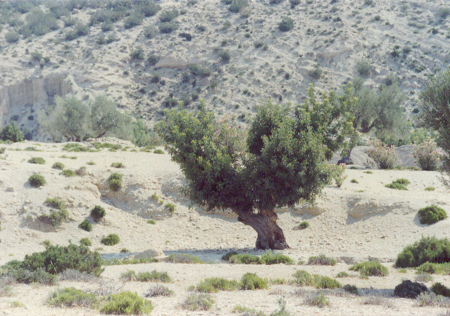
Objective:
In addition to their traditional local use in human and animal food, the fruits of the carob tree have a high commercial value in industrial transformation. The demand for fruits and seeds is growing significantly and their commercial value is increasing. It is also an undemanding species, since it is found in various bioclimatic levels (humid, subhumid, semi-arid and arid) and on poor and skeletal soils. The objective of this work is to explore a panel of varieties to be characterized by describing the tree, fruits, and seeds in an illustrated form.
Context:
The carob tree is a native agroforestry species in Tunisia. To better understand this species (Ceratonia siliqua) and to promote its culture at a national level in appropriate environments, we explored the area of its distribution to study its morphogenetic variability and its agronomic value.
Contacts:
Mohamed Larbi Khouja, khouja.larbi15@gmail.com, http://www.inrgref.agrinet.tn/
Souhaila Naghmouchi, den_souheila@yahoo.fr, www.pnu.edu.sa
Abdelhamid Khaldi, khalditn@yahoo.fr, http://www.inrgref.agrinet.tn/
Mohamed Bousaid, mohamed.boussaid@insat.rnu.tn, http://www.insat.rnu.tn/
Further information:
Afif M., Ben Fadhel N., Khouja M.L. et Boussaïd M., 2006 – Genetic diversity in Tunisian Ceratonia siliqua L. (Caesalpinioideae) natural populations. Genetic resources and crop evolution 00, 1-11.